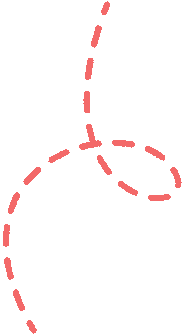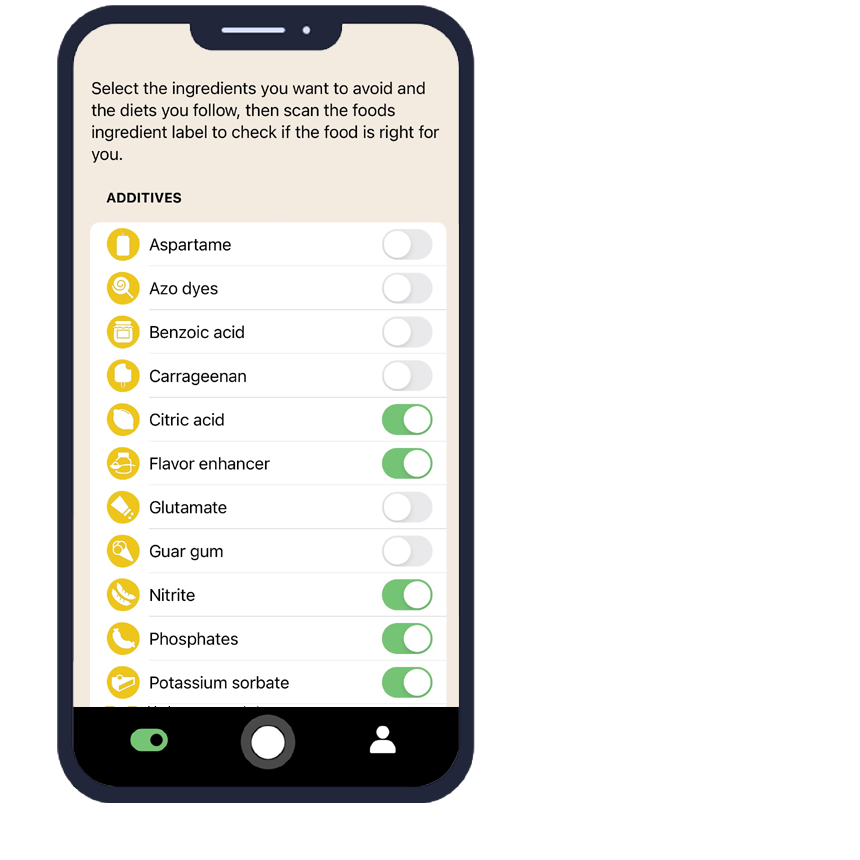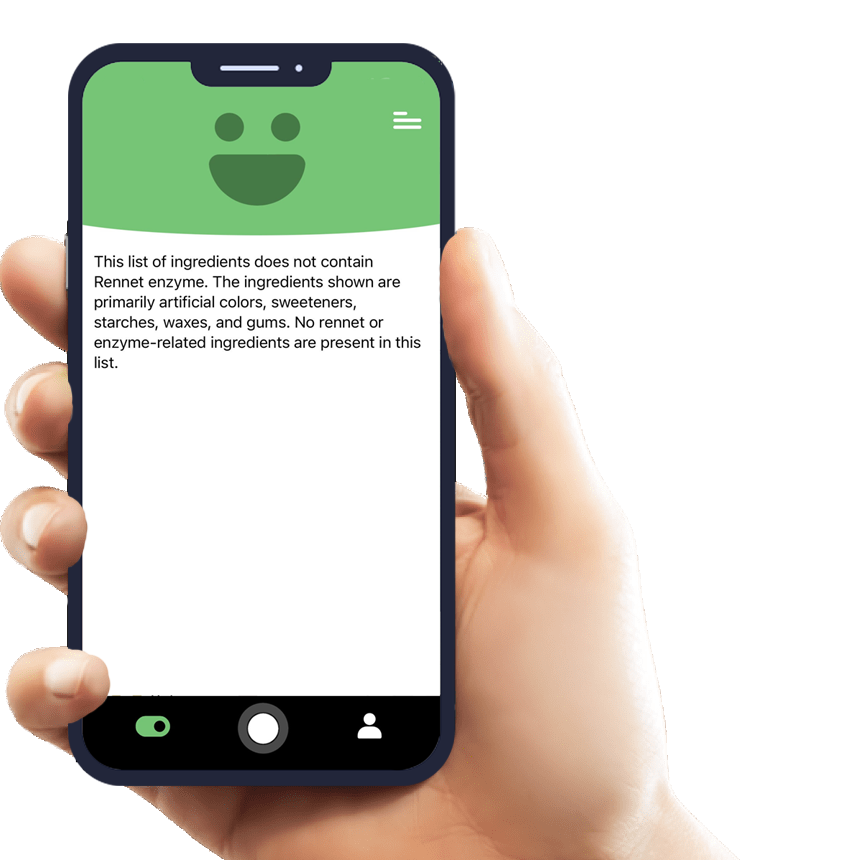Everything You Need to Know About Cashew Nut Allergies and How AI Eat This Can Help
Cashew nut is one of the most common tree nut allergens found in countless food products worldwide. For millions of people with cashew nut allergies or dietary restrictions, identifying this ingredient can be a matter of safety and health. The challenge becomes even greater when cashew nuts appear under different names or in unexpected products.
Fortunately, the AI Eat This mobile app revolutionizes how consumers identify and avoid cashew nut in their food choices. By scanning ingredient lists in any language, this innovative tool helps users maintain their dietary restrictions while shopping with confidence.
What Is Cashew Nut and Where Is It Used?
Cashew nut comes from the cashew tree (Anacardium occidentale) and serves multiple purposes in food manufacturing. Beyond being consumed as a whole nut, cashew nut appears as an ingredient in various forms including cashew butter, cashew milk, and cashew flour.
The versatility of cashew nut makes it a popular choice for food manufacturers. Its creamy texture and mild flavor make it ideal for dairy alternatives, while its nutritional profile adds value to processed foods.
Common Foods Containing Cashew Nut
Cashew nut can be found in numerous food products, often in unexpected places. Understanding where this ingredient commonly appears helps consumers make informed choices about their dietary restrictions.
- Baked goods and desserts (cookies, cakes, pastries)
- Dairy alternatives (cashew milk, cashew cheese, cashew yogurt)
- Snack foods (trail mixes, granola bars, crackers)
- Sauces and dressings (pesto, cream sauces, salad dressings)
- Processed meats and vegetarian products
- Asian cuisine dishes and sauces
- Energy bars and protein supplements
Is Cashew Nut Safe? What Does the Research Say?
For most people, cashew nut is completely safe and provides beneficial nutrients including healthy fats, protein, and minerals. However, cashew nut safety becomes a serious concern for individuals with tree nut allergies or specific dietary restrictions.
Regulatory Approvals and Guidelines
The FDA (Food and Drug Administration) recognizes cashew nut as one of the major food allergens requiring mandatory labeling. The European Food Safety Authority (EFSA) also classifies cashew nuts as a priority allergen with strict labeling requirements.
These regulatory bodies require clear identification of cashew nut on food labels. However, the ingredient may appear under various names, making identification challenging for consumers managing dietary restrictions.
Cashew Nut Allergy Risks
Cashew nut allergy affects approximately 1% of the population, with reactions ranging from mild symptoms to severe anaphylaxis. Cross-contamination during food processing can also pose risks for sensitive individuals.
The World Health Organization emphasizes the importance of proper allergen management in food production and clear labeling to protect consumers with food allergies.
How AI Eat This Helps You Avoid Cashew Nut
The AI Eat This app transforms cashew nut avoidance from a tedious task into a simple, reliable process. Using advanced artificial intelligence, the app scans ingredient lists through your smartphone camera and instantly identifies cashew nut presence.
Users can set personalized filters for their specific dietary restrictions, including cashew nut allergies. The app recognizes cashew nut in multiple languages and identifies alternative names, ensuring comprehensive protection regardless of labeling variations.
The scanning feature works in real-time, allowing users to make informed decisions while shopping. This technology particularly benefits people managing multiple food additives and allergens simultaneously, streamlining the entire grocery shopping experience.
Who Should Avoid Cashew Nut?
Several groups of people need to carefully monitor their cashew nut intake due to health concerns or dietary restrictions. Understanding these categories helps determine if cashew nut avoidance is necessary.
Individuals with diagnosed cashew nut allergies must completely avoid this ingredient to prevent allergic reactions. Those with tree nut allergies may also need to avoid cashew nut due to potential cross-reactivity.
People following specific dietary protocols, such as certain elimination diets or medical nutrition therapy, might temporarily avoid cashew nut. Additionally, individuals with digestive sensitivities may choose to limit or eliminate cashew nut from their diet.
Tips for a Cashew Nut-Free Diet
Successfully avoiding cashew nut requires strategy and vigilance, but practical approaches can make this dietary restriction manageable. Reading labels carefully remains the foundation of cashew nut avoidance.
Focus on whole, unprocessed foods when possible, as these naturally contain fewer hidden ingredients. When purchasing packaged foods, always check ingredient lists even for familiar products, as formulations can change.
Communicate your dietary restrictions clearly when dining out, and don't hesitate to ask detailed questions about ingredients and preparation methods. Many restaurants can accommodate cashew nut allergies with proper advance notice.
Consider using technology like AI Eat This to streamline ingredient checking and reduce the risk of accidental exposure. The app's comprehensive database and multilingual capabilities provide an extra layer of protection for your dietary restrictions.
Conclusion
Managing cashew nut allergies or dietary restrictions doesn't have to limit your food choices when you have the right tools and knowledge. Understanding where cashew nut commonly appears and how to identify it on labels empowers consumers to make safe, informed decisions.
The AI Eat This app represents a significant advancement in food safety technology, making cashew nut identification faster, more accurate, and more convenient than ever before. By combining artificial intelligence with user-friendly design, the app supports millions of people managing dietary restrictions.
Take control of your dietary restrictions and food safety today. Download AI Eat This for free testing and experience how technology can simplify your journey toward safer, more confident eating!

70 filters
With over 70 filters, you can easily avoid certain ingredients and follow your dietary preference.

Paleo

Pescetarian

Ultra-processed food

Vegan







































































